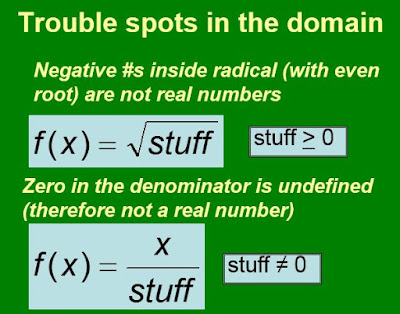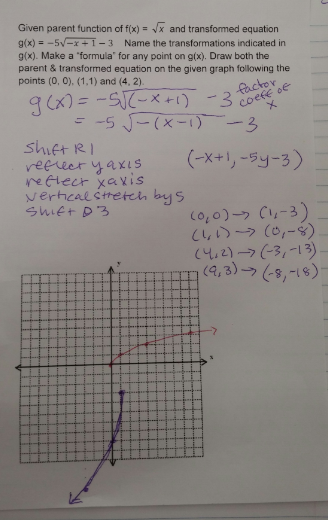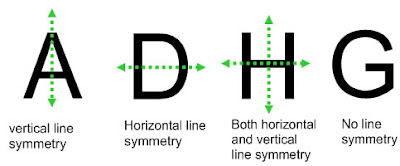Unit 1 in our PreCalculus course is quite long. We cover all kinds of characteristics and general processes that involve functions. Many of what we cover has been covered in Algebra 2 but we take it that step further.
One of the topics we look at is transformation of functions. I start with a general introduction that involves coupons that one can use at Kohl's department store.
Does it matter what order you apply the coupon when you use them together for one purchase? I pose the question
You spend $50 at Kohl’s and take
advantage of these two savings. Does it matter which is applied first?
Then students look at this scenario in a more general way..
Would your result be the same for any merchandise
amount?a) Write a function
f(x) for the $10 off with x = merchandise totalb) Write a function g(x) for the 20% off with x =
merchandise totalc) Find the function composition f(g(x)) using the two
equations above. What does this function represent in the problem situation?
d) Find the function
composition g(f(x)) using the two equations above. What does this function
represent in the problem situation? e) Using those two composition functions above, can you
definitely say which is the better deal?
I consider this a pretty basic introduction but want students to realize how composition might be applied in the real world.
The lesson continues with a discussion of what they learned about composition last year in Algebra 2. They are pretty fluent with the idea of composition and creating composition equations. Some get a little stuck with a composition problem such as
And they come up with this.....
Which makes me want to run screaming from the room. I tell students that. The surefire way to freak out your PreCalculus or Calculus teacher. Distribute a power over addition or subtraction. Arrrggggghhh Or more emotionally powerful you can tell them this
http://mathcurmudgeon.blogspot.com/
We also look at more complicated composition algebra work with some rational functions. They might see this a bit in Algebra 2 but in my class I expect them to be fluent with the algebra necessary to find and simplify this type of composition problem. It's a challenge for some kids.
But then I tell them that the real "precalculus" aspect of composition is what happens with the domain of composition functions. I usually have start with the whole idea of a function box with the input being the domain & the output being the range. (just a quick review on this - many say they never saw the function box visual when learning functions, unless they had me for Algebra One).
http://www.coolmath.com/algebra/15-functions/05-domain-range-01
We review the two "trouble spots" that affect the domain.
But then we pull this all together to consider the domain of composition. Since there are two function operations there are two instances of "having a domain to draw from". Even though the two function equations are merged together to create one function equation you still have to consider the individual pieces.
A classic example to illustrate that with is
and when they graph it in "un-simplified form" they get

Not what they expected - the expectation is that they would see a full line y = x as the composition equation results in. But I tell students the composition is affected by its two parts and they drive the domain of the composition.
We look at a composition function box:
And we see that there are two potential trouble spots in the domain of f(g(x)). There is the initial domain issues concerning the first application of domain values into g(x). But then you have to be on the lookout for what restrictions f(x) may have. The weird bit here is that these create indirect problems with our domain because any values used in f(x) come from the range of g(x). So we need to see what original domain values result in those range values for g(x) that will create problems with f(x). This is a very tricky concept for my precalculus students. We focus on rational functions mostly when doing these. I haven't done much with other functions. This idea can be summarized with:

We usually do a fair amount of practice here. Students might start to see a shortcut to finding that "second hole" in the domain (in rational functions it ends up being the "hole" in the composition equation). But I expect them to show me the "long way" of finding the restrictions and they can use the shortcut to check their work.
Of course I have some ISN pages for this topic.
cover of foldable:
inside the foldable
right page reflect example that students work through:
And we do some practice problems with word problem applications. I want students to see how composition is part of the real world and what the meaning of the resulting composition function equation is with respect the real life situation. We don't worry about domain restrictions in these problems.


















































